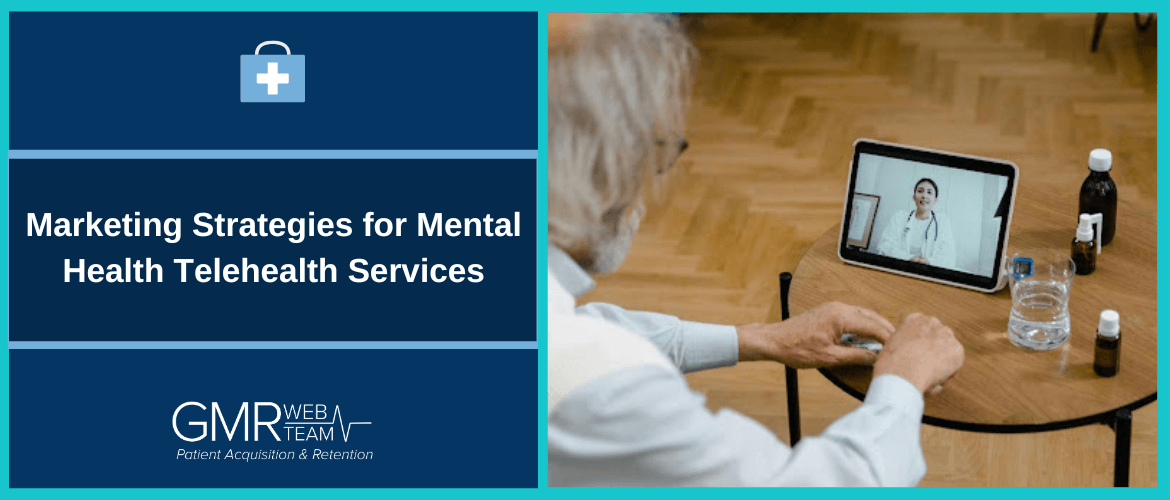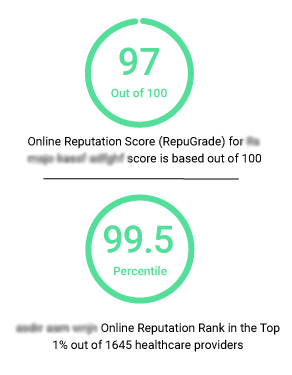Marketing Strategies for Mental Health Telehealth Services

Mental health telehealth is a convenient and effective way to get help for your mental well-being, right from your own home. But what good is a service if no one knows about it? That's where marketing comes in. With the right marketing strategies, you can spread the word about telehealth services and make it easier for potential patients to find the support they need.
While revolutionary for patients, mental health telehealth presents some unique challenges to marketers. Let’s explore some of the features of telehealth services for mental health, and some of the ways to boost these businesses’ presence in the digital landscape and the minds of potential patients.
Understanding Telehealth
Telehealth for mental health encompasses a spectrum of online activities including virtual therapy sessions, psychiatric evaluations, and support groups, all accessible through the convenience of an internet connection.
Integrating telehealth into mental health services reduces the geographical and logistical limitations, allowing individuals in remote areas or those with mobility issues to receive care with ease. Mental health support services become more accessible and favorable for busy professionals, caregivers, and others with time constraints when they offer shorter wait times and flexible appointment scheduling.
Many people worry about privacy when it comes to mental health concerns. Telehealth offers a layer of discretion offering a more private way to see a therapist. You can get help from the comfort of your home without the fear of stigmatization or breach of confidentiality.
Steps to Effective Marketing
# Create Compelling Messaging
- Highlight Benefits: Emphasize the advantages of telehealth services, such as flexible scheduling, reduced need for travel, and accessibility from the comfort of one's own home.
- Tailor Communication: Ensure that the language and channels used align with the preferences of your target audience.
- Patient Testimonials: Share real-life success stories to provide social proof and reduce apprehension towards virtual mental health services.
Remember to be empathetic in your messaging, use language that’s straightforward, and convey a “patient first” attitude. Show that you understand and are committed to helping them. This approach will help you attract and retain more patients.
# Build Trust with Patients
Trust is built through consistent and quality patient care, transparent communication, and validation of services through patient testimonials and peer reviews. Establish a sense of reliability and credibility to attract and retain a patient base.
Telehealth services can build trust by providing accessible and convenient care, especially for mental health where timely support can be crucial. By maintaining professional standards and ensuring data privacy and security in patient interactions, healthcare organizations can further reinforce trust.
To build trust, marketing strategies should highlight the qualifications and empathy of healthcare professionals, showcase positive patient outcomes, and demonstrate an understanding of patient needs. When patients feel heard and cared for, they are more likely to become silent advocates, recommending your telehealth services to others.
# Utilize Testimonials and Reviews
Incorporating testimonials and reviews on the telehealth provider's website and across social media platforms can significantly impact the user experience. They build credibility and offer a form of word-of-mouth that many potential clients value when choosing healthcare services. Moreover, positive reviews can improve visibility on search engines, helping you attract more traffic.
Healthcare providers should encourage patients to leave anonymous feedback after a virtual visit. This not only provides valuable insights for improving services but also generates content that can be used in marketing efforts. By addressing negative feedback promptly and professionally, healthcare organizations can maintain a positive image and build trust with patients.
# Develop Educational Resources
One pivotal aspect of a digital marketing strategy for telehealth services is the creation of educational resources. These resources can take multiple forms, like web pages, blogs, downloadable guides, FAQs, and even interactive quizzes. The aim is to provide answers to common questions and concerns regarding mental health and virtual care, helping spread awareness among patients.
- Accuracy and Reliability: Ensure all information is current and sourced from credible healthcare professionals or institutions.
- Understandable Content: Use simple language to make the material accessible to a broad audience.
- Tailored Information: Address specific issues that are relevant to the audiences served by your healthcare services, such as anxiety, depression, or stress management.
- Easy Navigation: Organize content so that users can easily find the information they need, enhancing the overall user experience.
# Increase Visibility with Website Search Engine Optimization
- Keyword Research: Identify terms and phrases potential patients use to find telehealth for mental health.
- Quality Content: Create valuable content that answers common questions and helps potential clients understand the benefits of telehealth.
- On-site Optimization: Ensure that the website structure, meta tags, and content all align with SEO best practices.
- Link Building: Acquire backlinks from reputable healthcare websites to increase domain authority and search rankings.
By harnessing the power of digital platforms, paid advertising, social media outreach, and search engine optimization, telehealth services tailored to mental health care can be effectively marketed to reach a wide audience.
Effective Marketing for Telehealth
To reach more people, mental health telehealth providers need to use up-to-date digital marketing strategies. This can help increase access to care, improve patient satisfaction, and raise awareness of the benefits of telehealth.
Moreover, to improve your marketing, keep track of changes in your target audience's needs. Pay attention to trends in mental health and telemedicine technology. This will help you create campaigns that connect with patients. Also, working with mental health influencers can spread your message, build trust, and encourage more people to try telemedicine.
Comments are closed


